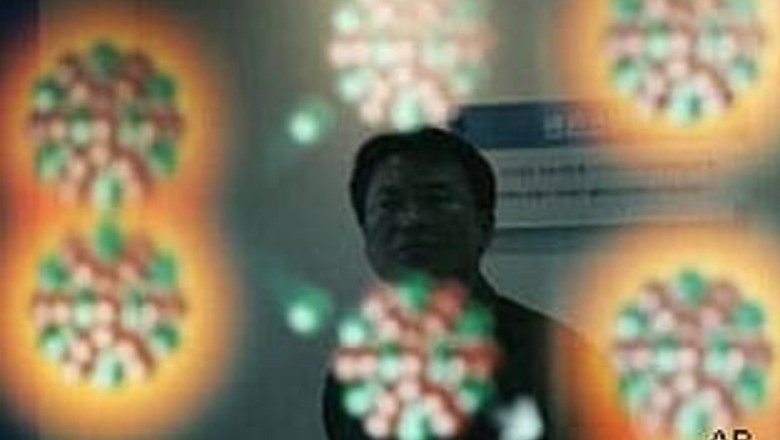
views
Washington: North Korea received designs for uranium enrichment centrifuges from Pakistan's disgraced nuclear scientist AQ Khan in return for its long-range missiles, a Congressional report has told US lawmakers.
"Hwang Jang-yop, a Communist Party secretary who defected in 1997, has stated that North Korea and Pakistan agreed in the summer of 1996 to trade North Korean long-range missile technology for Pakistani HEU (highly enriched uranium) technology," the report on North Korean nuclear weapons programme has said.
Other information on North Korean-Pakistani cooperation dates back to 1993, said the report by Congressional Research Service (CRS) – the research wing of the US Congress.
North Korea has been exporting missiles to countries in the Middle East and South Asia and has had joint collaboration in development of missiles with Iran and Pakistan, it said.
In the 1990s, North Korea exported Scud and Nodong missiles to Pakistan, Iran, Yemen, Syria and reportedly Egypt. It entered into joint development programmes with both Pakistan and Iran.
Pyongyang received designs for uranium enrichment centrifuges from Pakistan nuclear czar AQ Khan and has attempted to purchase overseas key components for uranium enrichment centrifuges, but some of these purchases have been blocked, according to the report.
The then Pakistani President General Pervez Musharraf revealed in his 2006 memoir, In the Line of Fire, that Khan, the chief scientist in Pakistan's nuclear weapons programme who proliferated weapons technology for profit, “transferred nearly two dozen P-1 and P-2 centrifuges to North Korea”.
Khan also provided North Korea with a flow meter, some special oils for centrifuges and coaching on centrifuge technology, including visits to top-secret centrifuge plants.
However, the US has not been able to get direct confirmation from Khan, the CRS said in another report on the same issue.
"It is possible that Pakistani scientist AQ Khan may have provided North Korea the same Chinese-origin nuclear weapon design he provided to Libya and Iran," it said.
"Even though that design was for an HEU-based device, it would still help North Korea develop a reliable warhead for ballistic missiles-small, light and robust enough to tolerate the extreme conditions encountered through a ballistic trajectory," the CRS report said.











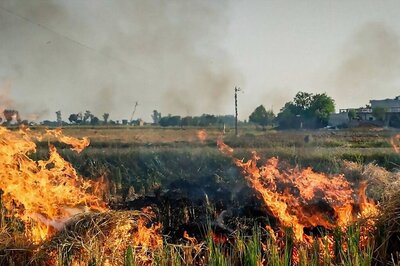
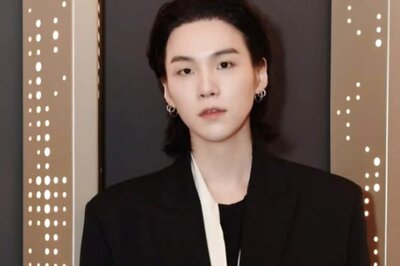

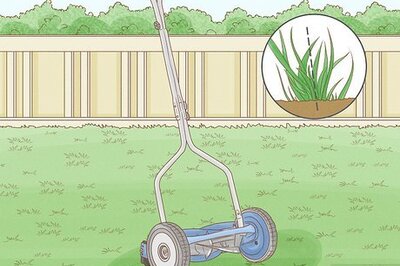
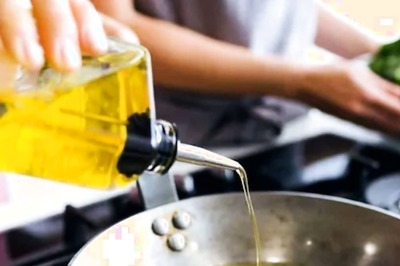
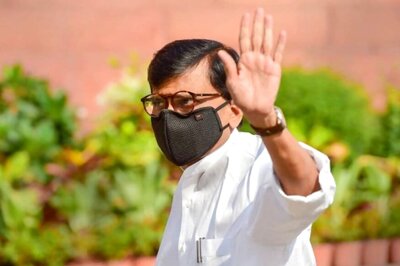



Comments
0 comment